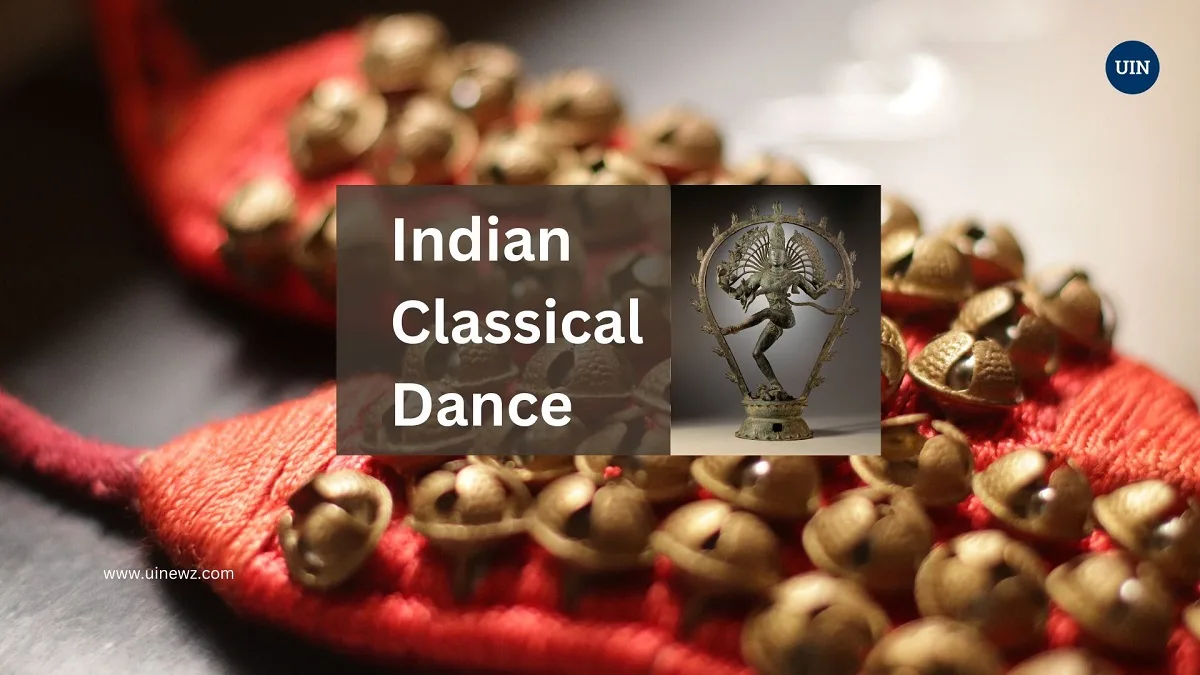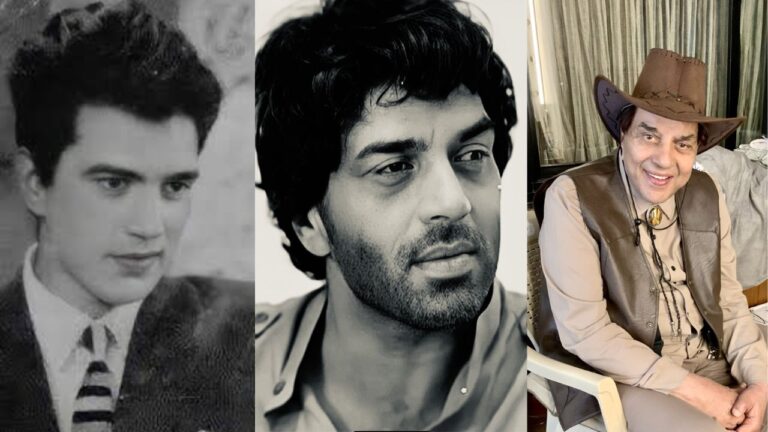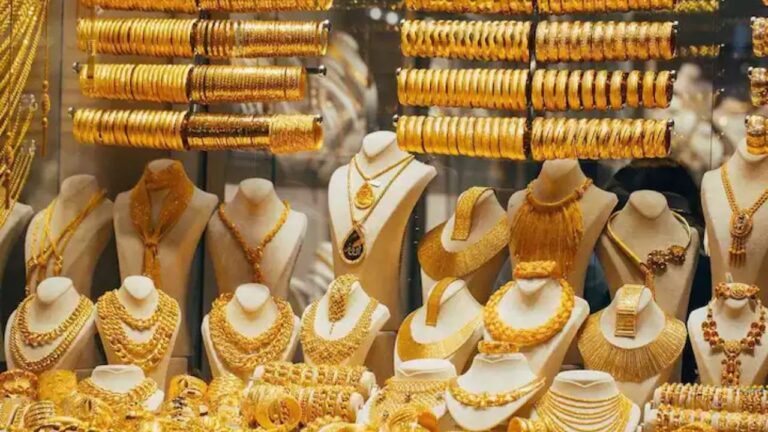
Indian Classical Dance: An Enchanting Journey through Time and Tradition
India, a land of diverse cultures and traditions, boasts an artistic heritage that is as rich and varied as its landscape. Among the jewels of this cultural tapestry are the mesmerizing and timeless classical dance forms that have been nurtured and refined over centuries. From the graceful movements of Bharatanatyam in the south to the enchanting stories of Kathak in the north, Indian classical dance is a reflection of the country’s history, mythology, and spiritual beliefs. These intricate art forms have captivated audiences around the world, preserving the essence of India’s cultural heritage.
Table of Contents
Origins and Evolution
The roots of Indian classical dance run deep, intertwined with archaeological findings, literary texts, and royal patronage. Excavations, inscriptions, and historical accounts provide evidence of dance practices dating back to ancient times. The Natya Shastra, a seminal treatise attributed to the sage Bharata Muni, serves as the foundational text that delineates the principles and aesthetics of these dance forms.
Contemporary classical dances emerged from the musical plays, or sangeet-nataks, performed between the 12th and 19th centuries. This evolution gave rise to two fundamental aspects of Indian classical dance: Tandava, characterized by dynamic movements and rhythmic patterns, and Lasya, embodying grace, expression, and emotion.
Key Elements of Indian Classical Dance
Indian classical dance is a harmonious blend of three essential components: Natya, Nritta, and Nritya. Natya encompasses the dramatic element, where dancers emulate characters and stories, while Nritta encompasses the pure dance movements in their basic form. Nritya, the expressive component, relies on mudras (hand gestures) to convey emotions and tell tales. Together, these elements create a symphony of movement, rhythm, and emotion that captivates the senses.
The Nine Rasas: Portraying Human Emotions
The Natya Shastra delineates the nine rasas, or human emotions, that are central to Indian classical dance: Love, Heroism, Pathos, Humor, Anger, Fear, Disgust, Wonder, and Peace. Dancers master the art of embodying these emotions, infusing their performances with depth and resonance. Each rasa is a distinct color on the palette of expression, allowing dancers to paint stories with their every gesture and movement.
Exploring Classical Dance Forms
1. Bharatanatyam: A Journey of Elegance (Tamil Nadu)
Bharatanatyam, hailing from the southern state of Tamil Nadu, is a masterpiece of movement, rhythm, and grace. Dancers take on multiple roles within a single performance, transitioning seamlessly between characters. Expressive eye movements and intricate hand gestures communicate emotions and narratives. This dance form is accompanied by a harmonious orchestra, and its iconic poses are beautifully depicted on the gopurams of the Chidambaram temple.

2. Kathak: The Storyteller’s Art (North India)
Derived from the word “katha,” meaning story, Kathak is a dance that narrates tales through movement. Evolving from temple and village performances, it became a distinct art during the bhakti movement. Kathak performances combine storytelling with elaborate footwork, and the dance is intricately wedded to Hindustani music.

3. Kathakali: Epics in Motion (Kerala)
Kathakali, born in the enchanting land of Kerala, is a captivating fusion of dance, music, and acting. This elaborate dance-drama brings Indian epics to life through vibrant costumes, expressive make-up, and stunning headgear. Each character’s role is depicted with unique colors, and the dancers skillfully convey emotions through facial expressions and eye movements.

4. Kuchipudi: A Village’s Artistry (Andhra Pradesh)
Named after the village of Kuchipudi in Andhra Pradesh, this dance-drama has deep roots in traditional Yakshagana performances. Kuchipudi showcases a harmonious blend of dance, drama, and storytelling, and its intricate costumes and jewelry play a crucial role in its aesthetic presentation.

5. Mohiniyattam: Dance of Enchantment (Kerala)
Hailing from Kerala, Mohiniyattam is a mesmerizing solo dance form that embodies grace and sensuality. It emerged as a refined art under the patronage of Travancore Kings. Characterized by circular movements and delicate expressions, Mohiniyattam is a lyrical dance that weaves tales of myth and mystique.

6. Odissi: Sculpting Movements (Odisha)
Originating in the eastern state of Odisha, Odissi is often referred to as “mobile sculpture” due to its intricate postures and movements. Drawing inspiration from temple sculptures, this dance form employs two distinctive postures—Tribhanga and Chowk. With themes centered around incarnations of Lord Vishnu, Odissi captures the essence of divine narratives.

7. Sattriya: Sacred Steps (Assam)
Sattriya, nurtured within Assam’s monasteries, emerged as a distinctive dance style in the 15th century. Rooted in Vaishnavism, Sattriya embodies religious devotion through its meticulously crafted gestures, footwork, and music. It encompasses both the Bhaona-related repertoire and independent dance numbers, each a testament to the dance’s spiritual essence.

8. Manipuri: Dancing Devotion (Manipur)
Manipuri dance, deeply intertwined with the Vaishnavite beliefs of Manipur, celebrates devotion and spirituality. With distinct jagoi and cholom styles, this dance form captures the divine stories of gods and goddesses. The Rasleela dances, inspired by the eternal love of Radha and Krishna, enchant audiences with their ethereal grace.

Preserving India’s Cultural Treasures
Indian classical dance forms are not just artistic expressions but living repositories of India’s history, mythology, and cultural traditions. These dances have withstood the test of time, evolving with each generation while maintaining their core essence. The efforts of dedicated artists, scholars, and enthusiasts have ensured that these dance forms continue to thrive and enchant audiences both within India and around the world.
Conclusion
Indian classical dance is a symphony of movement, rhythm, and emotion that transcends time and space. From the intricate hand gestures of Bharatanatyam to the enchanting tales of Kathakali, each dance form tells a unique story while celebrating the unity of India’s diverse cultural heritage. These dances are not merely performances but gateways to the soul of a nation, preserving the essence of India’s past and inspiring the creativity of its future. As the world continues to embrace the beauty and artistry of Indian classical dance, it remains a testament to the indomitable spirit of a culture that dances to the rhythm of its own heart.
Watch: Indian Classical Dance





